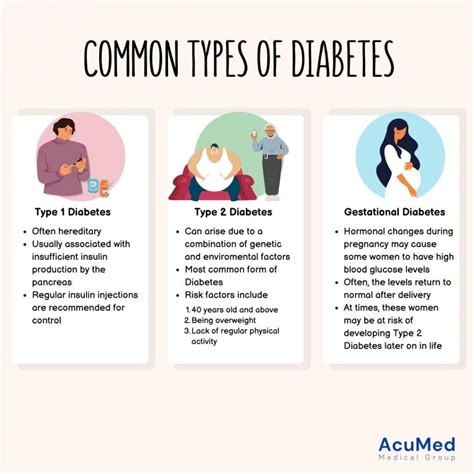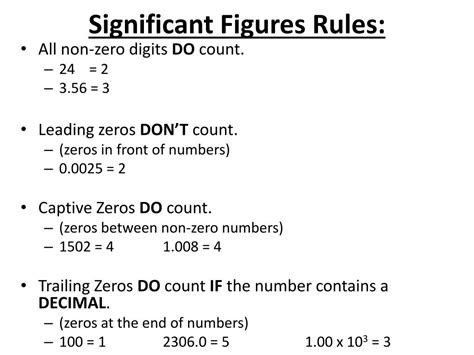Problem Solving

Welcome to an insightful journey into the realm of problem-solving, a fundamental skill that drives progress and innovation in various domains. In a world where challenges are inevitable, the art and science of problem-solving have become essential tools for success. This comprehensive guide will delve into the intricacies of problem-solving, offering practical strategies, real-world examples, and expert insights to empower you with effective solutions.
Unraveling the Art of Problem Solving
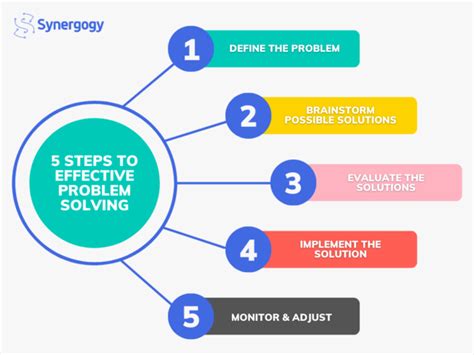
Problem-solving is a dynamic process, an intellectual journey that transforms complex situations into manageable tasks. It involves creativity, critical thinking, and a systematic approach to tackle challenges head-on. Whether it’s overcoming technical glitches, navigating business hurdles, or finding innovative solutions to societal issues, problem-solving is a versatile skill with limitless applications.
In today's rapidly evolving landscape, the ability to solve problems efficiently is not just desirable but imperative. From optimizing business processes to advancing scientific research, problem-solving is the catalyst that drives progress. This guide aims to provide a comprehensive roadmap, offering a deep dive into various problem-solving techniques, real-world case studies, and expert advice to help you become a master problem solver.
The Power of Critical Thinking
At the core of effective problem-solving lies critical thinking - a disciplined process of analyzing and evaluating information to make informed decisions. Critical thinking involves breaking down complex problems into manageable components, identifying underlying causes, and considering multiple perspectives. It’s a skill that empowers individuals to think beyond the obvious, challenge assumptions, and develop innovative solutions.
For instance, in the field of software development, critical thinking is pivotal. Developers often encounter complex bugs or unexpected system behaviors. By applying critical thinking, they can systematically diagnose the root cause, consider various scenarios, and devise effective solutions. This approach not only enhances problem-solving capabilities but also fosters a culture of continuous improvement.
| Critical Thinking Skill | Real-World Application |
|---|---|
| Analytical Thinking | Breaking down complex business strategies into actionable plans. |
| Creative Thinking | Designing innovative marketing campaigns to engage diverse audiences. |
| Logical Reasoning | Developing robust algorithms for efficient data processing. |
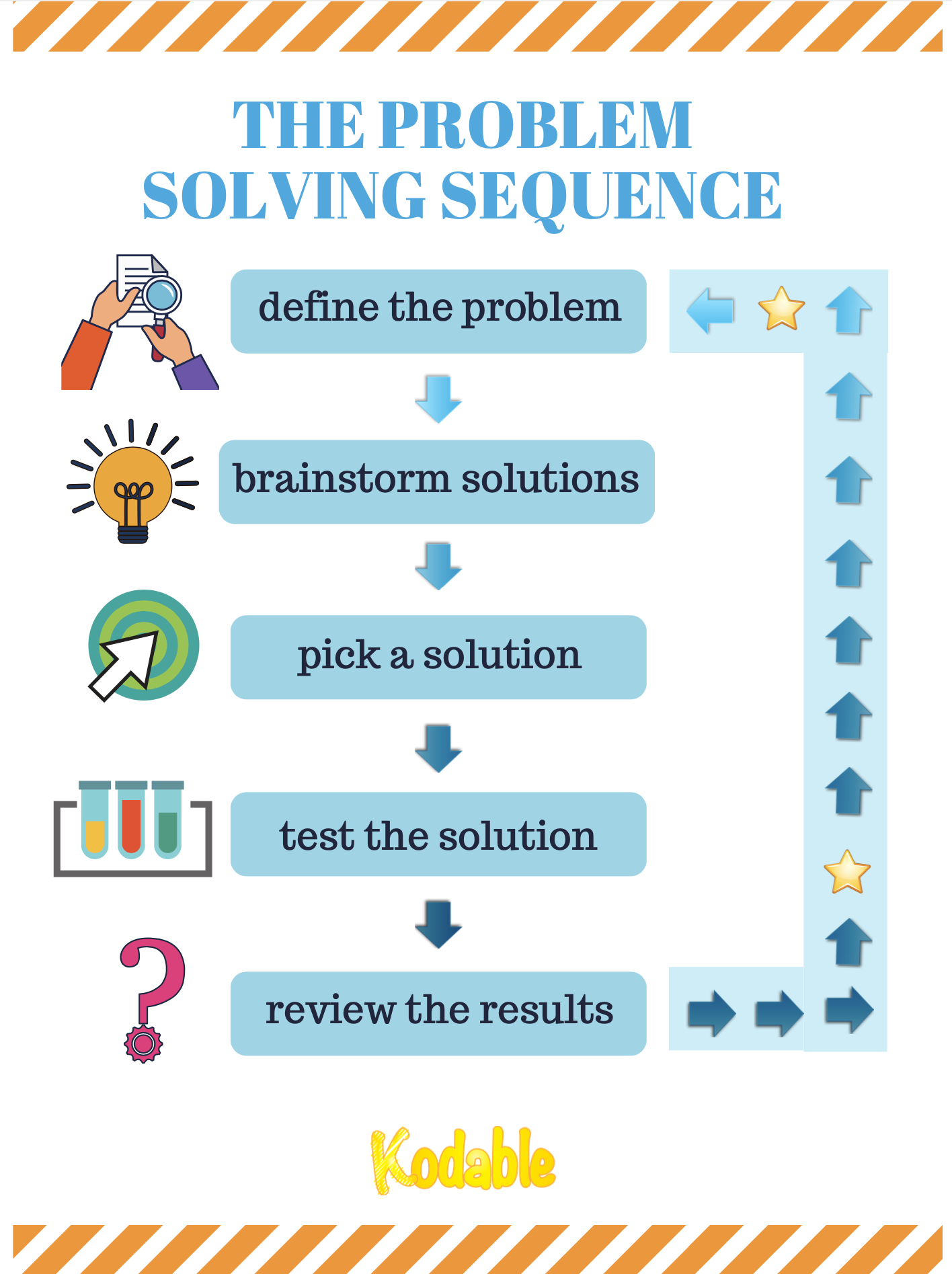
The Creative Edge: Unlocking Innovative Solutions
While critical thinking provides the foundation, creativity adds the spark of innovation to problem-solving. Creative thinking involves exploring unconventional ideas, challenging the status quo, and embracing ambiguity. It’s the ability to think outside the box, connect seemingly unrelated concepts, and generate unique solutions.
Take the example of a renowned architect. When designing a sustainable building, they may draw inspiration from nature, incorporating natural lighting and ventilation systems. This creative approach not only enhances the building's aesthetic appeal but also reduces its environmental impact. Similarly, in the field of product design, a creative mindset can lead to the development of ergonomic and user-friendly devices, enhancing the overall user experience.
Mastering the Problem-Solving Process

Problem-solving is not a linear process; it’s an iterative journey that requires patience, persistence, and a systematic approach. Here’s a step-by-step guide to help you navigate through the complexities of problem-solving:
Step 1: Define the Problem
The first step is to clearly articulate the problem. This involves understanding the issue, its scope, and the desired outcome. Define the problem statement in a way that is specific, measurable, achievable, relevant, and time-bound (SMART). For instance, instead of saying, “We have a customer service issue,” a more precise problem statement could be, “Reduce customer wait times by 20% within the next quarter.”
Step 2: Gather Information
Once the problem is defined, gather relevant data and information. This step involves researching, interviewing stakeholders, analyzing existing data, and conducting surveys or experiments. The more comprehensive your understanding of the problem, the better equipped you’ll be to devise effective solutions. For example, in a software development project, gathering user feedback and analytics data can provide valuable insights for enhancing the user experience.
Step 3: Identify Root Causes
After gathering information, delve deeper to identify the underlying causes of the problem. This step requires a combination of critical thinking and analytical skills. Tools like root cause analysis, fishbone diagrams, or 5 Whys techniques can be instrumental in identifying the core issues. For instance, in a manufacturing setting, identifying the root cause of frequent equipment breakdowns can lead to more efficient maintenance strategies.
Step 4: Generate Solutions
With a clear understanding of the problem and its root causes, it’s time to generate potential solutions. This step encourages creativity and innovation. Brainstorming sessions, mind mapping, and design thinking techniques can help generate a wide range of ideas. Encourage a diverse group of individuals to participate, as different perspectives can lead to more innovative solutions. For example, in a marketing campaign, a team might brainstorm unique ways to engage Gen Z consumers, leading to fresh and effective strategies.
Step 5: Evaluate and Select Solutions
Not all solutions are created equal. Evaluate the generated ideas based on criteria such as feasibility, effectiveness, and alignment with the desired outcome. Consider factors like cost, resources, and potential risks. Select the most viable solution(s) that best address the problem. In a business context, this step might involve a cost-benefit analysis to determine the most profitable solution.
Step 6: Implement and Monitor
Implement the selected solution(s) and establish a monitoring system to track its progress. Regularly review the results, make adjustments as needed, and learn from the implementation process. Continuous monitoring ensures that the solution remains effective and adaptable to changing circumstances. For instance, in a healthcare setting, monitoring the success of a new treatment protocol can lead to improved patient outcomes.
Step 7: Continuous Improvement
Problem-solving is an ongoing process. Even after a successful implementation, continue to seek opportunities for improvement. Encourage a culture of learning and innovation within your team or organization. Regularly review past solutions, identify areas for enhancement, and apply those learnings to future problem-solving endeavors. This iterative approach ensures that problem-solving becomes a core competency within your organization.
Real-World Applications: Case Studies
To illustrate the practical application of problem-solving, let’s explore a few real-world case studies:
Case Study 1: SpaceX’s Falcon 9 Rocket
SpaceX, a private space exploration company, faced the challenge of designing a reusable rocket to reduce the cost of space travel. Through innovative problem-solving, they developed the Falcon 9 rocket, which can land vertically and be reused. This solution not only revolutionized space travel but also inspired other companies to adopt reusable technologies.
Case Study 2: Uber’s Ride-Sharing Platform
Uber disrupted the traditional taxi industry by creating a ride-sharing platform that connects drivers with passengers in real-time. By solving the problem of inefficient and costly taxi services, Uber revolutionized urban transportation, offering a more affordable and convenient alternative.
Case Study 3: Netflix’s Personalized Recommendations
Netflix, a leading streaming service, faced the challenge of keeping users engaged and subscribed. Through advanced problem-solving techniques, they developed a sophisticated recommendation system that suggests personalized content based on user preferences. This solution has not only increased user satisfaction but also contributed to Netflix’s massive growth.
Future Implications: Problem-Solving in a Changing World
In an era of rapid technological advancements and societal transformations, problem-solving takes on even greater significance. Here’s a glimpse into the future implications of problem-solving:
Artificial Intelligence and Problem-Solving
Artificial Intelligence (AI) is revolutionizing problem-solving across various domains. AI algorithms can analyze vast amounts of data, identify patterns, and make predictions, leading to more efficient and effective solutions. From healthcare diagnostics to autonomous vehicles, AI-powered problem-solving is shaping the future.
Sustainable Solutions
With growing concerns about environmental sustainability, problem-solving takes on a green hue. From developing eco-friendly technologies to optimizing resource management, problem solvers are at the forefront of creating a more sustainable future. For instance, designing energy-efficient buildings or developing renewable energy solutions are areas where problem-solving skills are crucial.
Social Impact
Problem-solving isn’t limited to business or technology. It plays a vital role in addressing societal challenges. From finding solutions to poverty and hunger to developing innovative healthcare solutions, problem solvers are making a difference in people’s lives. By applying their skills to social issues, they contribute to a more equitable and prosperous world.
Continuous Learning and Adaptation
In a rapidly changing world, problem-solving skills must evolve and adapt. Continuous learning and a growth mindset are essential to stay relevant. Whether it’s learning new technologies, adapting to changing market trends, or developing soft skills like emotional intelligence, problem solvers must embrace a culture of lifelong learning.
FAQs
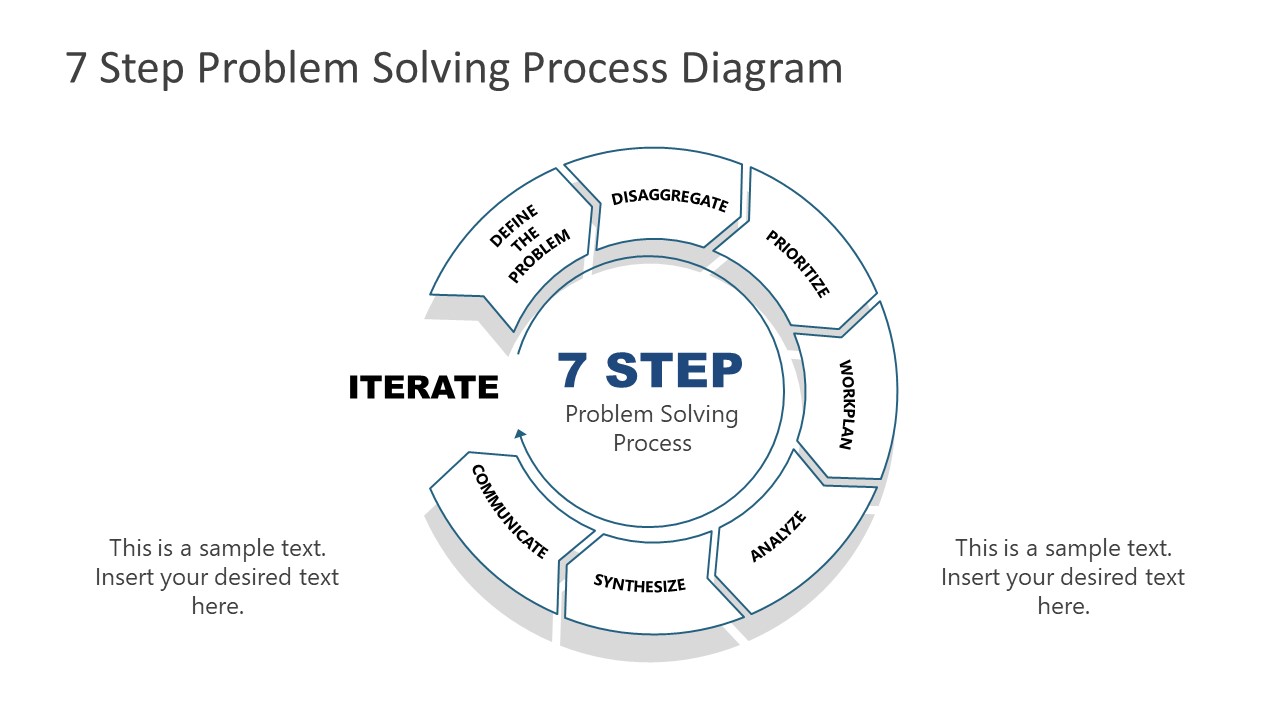
What is the role of critical thinking in problem-solving?
+Critical thinking is the foundation of effective problem-solving. It involves analyzing and evaluating information to make informed decisions. By breaking down complex problems, identifying root causes, and considering multiple perspectives, critical thinking empowers individuals to develop innovative solutions.
How can I encourage creativity in problem-solving?
+Encourage creativity by creating a safe and supportive environment for brainstorming. Foster an atmosphere where ideas are welcomed and explored without judgment. Use techniques like mind mapping, design thinking, and diverse team collaborations to spark creativity and generate unique solutions.
What are some common barriers to effective problem-solving?
+Common barriers include emotional bias, confirmation bias, and a lack of clear problem definition. Overcoming these barriers requires self-awareness, critical thinking, and a willingness to challenge assumptions. Tools like root cause analysis and fishbone diagrams can help identify and address these barriers.
How can problem-solving skills be developed further?
+Problem-solving skills can be enhanced through continuous learning and practice. Engage in diverse projects, seek feedback, and reflect on your problem-solving processes. Attend workshops, read relevant literature, and collaborate with peers to broaden your perspective and refine your skills.
What is the impact of problem-solving on personal and professional growth?
+Problem-solving is a catalyst for personal and professional growth. It enhances critical thinking, creativity, and decision-making skills. By mastering problem-solving, individuals become more adaptable, resilient, and innovative. These skills are highly valued in various industries and can lead to career advancement and personal fulfillment.
In conclusion, problem-solving is a versatile and invaluable skill that empowers individuals and organizations to navigate challenges and create positive change. By embracing a systematic approach, critical thinking, and creativity, you can unlock innovative solutions and make a meaningful impact. Remember, the journey of problem-solving is a continuous learning process, and every challenge presents an opportunity for growth and innovation.
